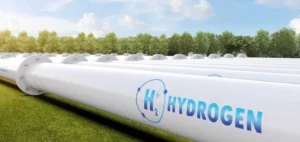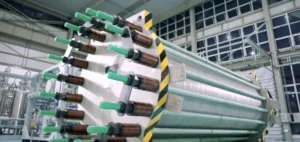The United States and the European Union have an interest in boosting domestic green hydrogen production to reduce future emissions and prevent China from dominating an increasingly important global market. However, both sides must make concessions to defuse a broader transatlantic conflict.
Green hydrogen subsidies
The Washington Inflation Reduction Act includes subsidies that could significantly reduce the cost of the “green” version of sustainably produced hydrogen by 2030. This could help defuse a broader transatlantic conflict.
The United States and the European Union understand the role that green hydrogen can play in decarbonizing sensitive areas such as heavy industry and steel. This is why Europe has made it a centerpiece of a new range of “major project” grants.
Strategic benefits for the US and the EU
Europe must import the same amount as the 10 million tons it aims to produce domestically by 2030. This opens the door to a market: if the U.S. helps EU manufacturers provide a wider range of parts and machinery to the supply chain, Europe could reciprocate by providing a ready market for the final product.
The American incentive to cooperate is more strategic. The easing of tensions with Brussels would facilitate diplomatic relations and initiate a rich market full of customers. Because hydrogen is an industry of the future rather than a current source of jobs and growth, both sides can make concessions and claim victory at the same time.
With the war in Ukraine and the rise of China as a global competitor, the U.S. and the EU have more incentive than ever to stay on good economic terms. A hydrogen deal could be the breath of fresh air that strained trade relations need. EU leaders pledged action on Friday, but are not much closer to a solid response to the IRA. Concessions on hydrogen could therefore ease transatlantic trade tensions.






















